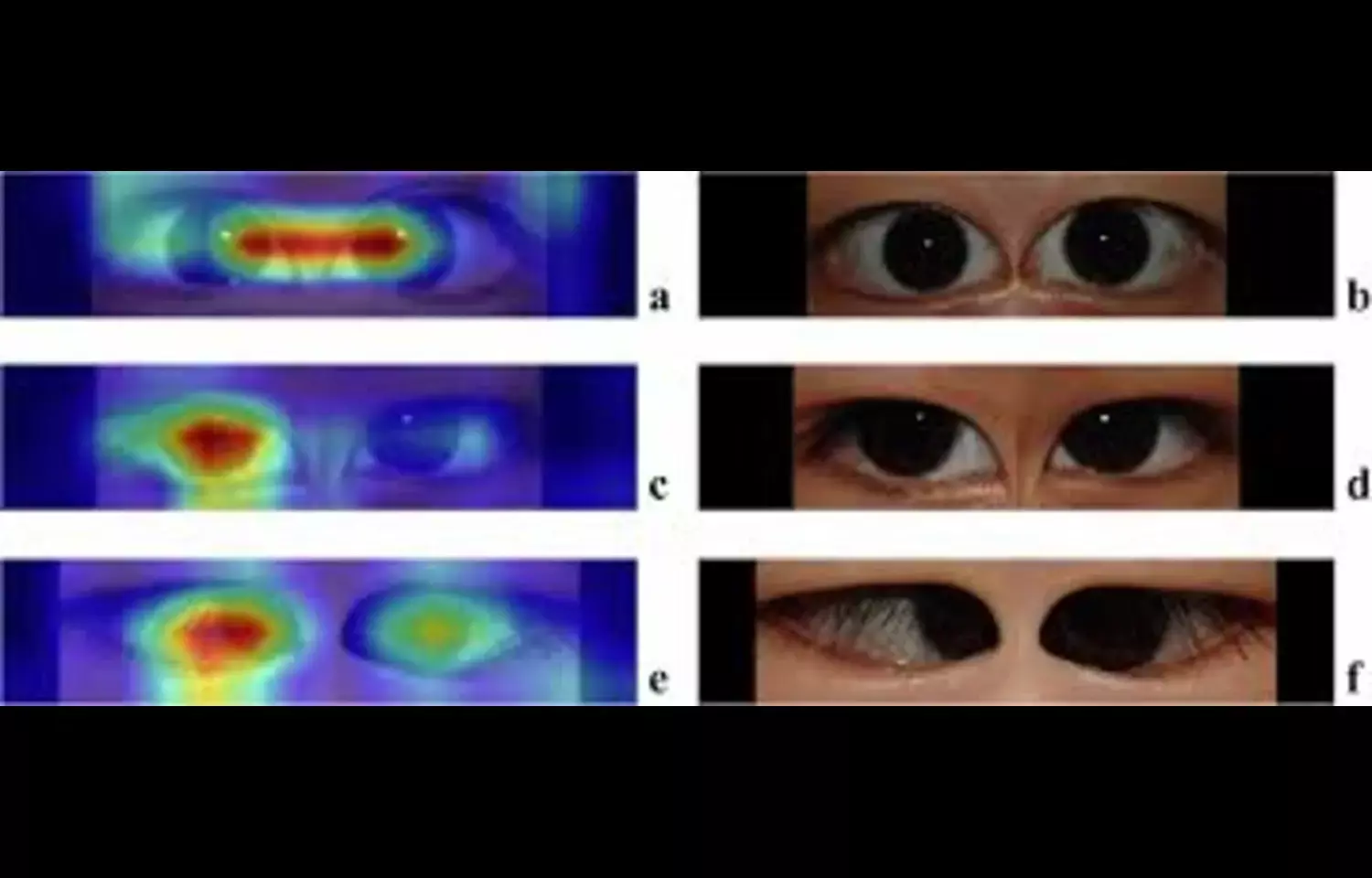- Home
- Medical news & Guidelines
- Anesthesiology
- Cardiology and CTVS
- Critical Care
- Dentistry
- Dermatology
- Diabetes and Endocrinology
- ENT
- Gastroenterology
- Medicine
- Nephrology
- Neurology
- Obstretics-Gynaecology
- Oncology
- Ophthalmology
- Orthopaedics
- Pediatrics-Neonatology
- Psychiatry
- Pulmonology
- Radiology
- Surgery
- Urology
- Laboratory Medicine
- Diet
- Nursing
- Paramedical
- Physiotherapy
- Health news
- Fact Check
- Bone Health Fact Check
- Brain Health Fact Check
- Cancer Related Fact Check
- Child Care Fact Check
- Dental and oral health fact check
- Diabetes and metabolic health fact check
- Diet and Nutrition Fact Check
- Eye and ENT Care Fact Check
- Fitness fact check
- Gut health fact check
- Heart health fact check
- Kidney health fact check
- Medical education fact check
- Men's health fact check
- Respiratory fact check
- Skin and hair care fact check
- Vaccine and Immunization fact check
- Women's health fact check
- AYUSH
- State News
- Andaman and Nicobar Islands
- Andhra Pradesh
- Arunachal Pradesh
- Assam
- Bihar
- Chandigarh
- Chattisgarh
- Dadra and Nagar Haveli
- Daman and Diu
- Delhi
- Goa
- Gujarat
- Haryana
- Himachal Pradesh
- Jammu & Kashmir
- Jharkhand
- Karnataka
- Kerala
- Ladakh
- Lakshadweep
- Madhya Pradesh
- Maharashtra
- Manipur
- Meghalaya
- Mizoram
- Nagaland
- Odisha
- Puducherry
- Punjab
- Rajasthan
- Sikkim
- Tamil Nadu
- Telangana
- Tripura
- Uttar Pradesh
- Uttrakhand
- West Bengal
- Medical Education
- Industry
AI-Assisted Systems Boost Pediatric Surgery Outcomes and QoL in Intermittent Exotropia: Study

A new study published in BMC Ophthalmology highlights how AI-assisted computing systems are improving outcomes for pediatric patients undergoing surgery for intermittent exotropia.
The researchers found that these systems not only enhanced surgical precision but also significantly improved key postoperative metrics such as stereoscopic vision, visual acuity, and overall quality of life (QoL). Intermittent exotropia-a condition where one eye occasionally turns outward-is among the most common forms of childhood strabismus, often affecting depth perception and leading to visual discomfort.
In the study, children treated with AI-supported surgical planning and intraoperative guidance showed better alignment and recovery profiles compared to those who underwent traditional procedures. Enhanced stereopsis and reduced postoperative complications were among the most notable outcomes. Moreover, parents of children in the AI-assisted group reported higher satisfaction with the overall surgical experience and outcomes.
The use of AI in ophthalmic surgery is gaining momentum, especially for pediatric cases where precision and early visual rehabilitation are critical. The researchers suggest that integrating AI into routine clinical workflows could standardize outcomes and reduce surgeon variability, especially in complex strabismus surgeries. The technology may also serve as a valuable training tool for junior surgeons.
These findings support the potential of AI not just as a diagnostic tool, but as an integral part of surgical decision-making and execution, particularly in sensitive pediatric interventions.
Reference:
Xu, Z., Jin, H., Xu, Y., & Liu, X. (2025). Application of artificial intelligence–assisted systems in pediatric intermittent exotropia surgery: a prospective clinical study. BMC Ophthalmology, 25(158). https://doi.org/10.1186/s12886-025-04240-3
Dr. Shravani Dali has completed her BDS from Pravara institute of medical sciences, loni. Following which she extensively worked in the healthcare sector for 2+ years. She has been actively involved in writing blogs in field of health and wellness. Currently she is pursuing her Masters of public health-health administration from Tata institute of social sciences. She can be contacted at editorial@medicaldialogues.in.
Dr Kamal Kant Kohli-MBBS, DTCD- a chest specialist with more than 30 years of practice and a flair for writing clinical articles, Dr Kamal Kant Kohli joined Medical Dialogues as a Chief Editor of Medical News. Besides writing articles, as an editor, he proofreads and verifies all the medical content published on Medical Dialogues including those coming from journals, studies,medical conferences,guidelines etc. Email: drkohli@medicaldialogues.in. Contact no. 011-43720751


